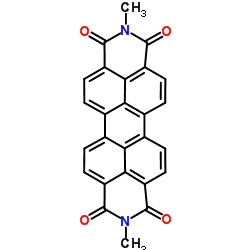| Structure | Name/CAS No. | Articles |
|---|---|---|
 |
Pigment Red 179
CAS:5521-31-3 |
| Structure | Name/CAS No. | Articles |
|---|---|---|
 |
Pigment Red 179
CAS:5521-31-3 |